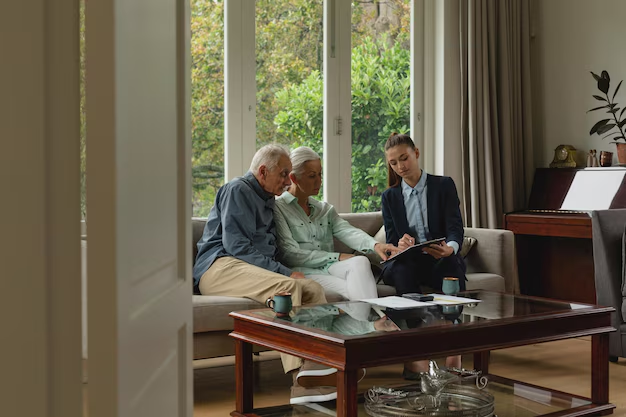Discovering the Latest Trends in Senior Housing: What's New and Exciting?
The landscape of senior housing is evolving rapidly, keeping pace with the changing needs and expectations of today's aging population. As the baby boomer generation reaches retirement, there's a growing demand for innovative living solutions that ensure safety, comfort, and a sense of community. Let’s take a closer look at the latest trends reshaping the senior housing market and explore how these developments are setting the stage for a more vibrant, engaging lifestyle for older adults.
Embracing Technology for Enhanced Living
A major trend in senior housing is the integration of technology to improve quality of life. Many facilities are adopting smart home technologies, such as automated lighting, voice-activated assistants, and advanced security systems, providing residents with greater autonomy and safety. Telemedicine services have also gained popularity, enabling seniors to consult with healthcare professionals without leaving their homes. This technological shift not only enhances health and wellness but also encourages a sense of independence among residents.
Community and Social Engagement
Community-driven living is at the forefront of senior housing trends. Today’s seniors are looking for environments that offer rich social interactions and a sense of belonging. Many communities now offer a variety of social activities, wellness programs, and shared spaces that foster connections among residents. From group fitness classes to art workshops and book clubs, these activities are designed to cater to diverse interests and lifestyles, ensuring that everyone finds their niche within the community.
Sustainability and Eco-Friendly Living
Environmental consciousness is becoming a priority for senior housing developers. Sustainable living options are being incorporated into new and existing facilities, with a focus on energy efficiency and environmentally friendly practices. From solar panels to sustainable building materials and waste reduction programs, these initiatives not only reduce the carbon footprint but also create healthier living environments for seniors.
The Rise of “Active Adult” Communities
The concept of 55+ active adult communities is gaining momentum. These communities provide a vibrant living environment, typically situated in desirable locations close to urban centers. They often include resort-style amenities like golf courses, swimming pools, and clubhouses. Designed for those who are still active and independent, these communities offer a lifestyle filled with recreation and leisure, appealing to seniors who are not yet ready for traditional retirement communities.
Personalized Care Solutions
As seniors age, their care needs may change. Consequently, there is a rising demand for personalized care services within housing facilities. Many communities are now offering tiered care options that adjust to the evolving health needs of their residents. This trend ensures that seniors receive the right level of support without needing to relocate as their circumstances change.
Exploring Financial Assistance Opportunities
With the increasing demand for these modern senior housing options, affordability is a concern for many. Fortunately, several financial assistance programs are available to help seniors manage the costs:
- Medicaid Waivers: These can cover the costs of assisted living services for eligible seniors.
- Veterans Benefits: Veterans or their surviving spouses may qualify for the Aid and Attendance benefit, which helps cover long-term care costs.
- Reverse Mortgages: Allow seniors to access the equity in their homes to pay for living expenses.
- Tax Credits and Deductions: Certain medical expenses, including long-term care services, can be tax-deductible.
- Long-Term Care Insurance: Offers coverage for various long-term care services in different settings.
Navigating these options can be challenging, but financial advisers specializing in elder care can provide guidance.
In conclusion, today's senior housing landscape is all about choice, customization, and connection, driven by technological advancements and evolving lifestyle preferences. By staying informed about these trends and exploring available financial tools, seniors can find or maintain a living situation that suits their unique needs and desires, ensuring enhanced quality of life.
Financial Assistance Overview 🏡💡
- Medicaid Waivers: Eligibility for assisted living costs.
- Veterans Benefits: Aid for veterans' long-term care.
- Reverse Mortgages: Unlock home equity.
- Tax Credits: Deductions for medical expenses.
- Long-Term Care Insurance: Coverage for services.
With these options at their disposal, seniors are better equipped to secure housing that reflects their lifestyle and ensures peace of mind in the golden years.
